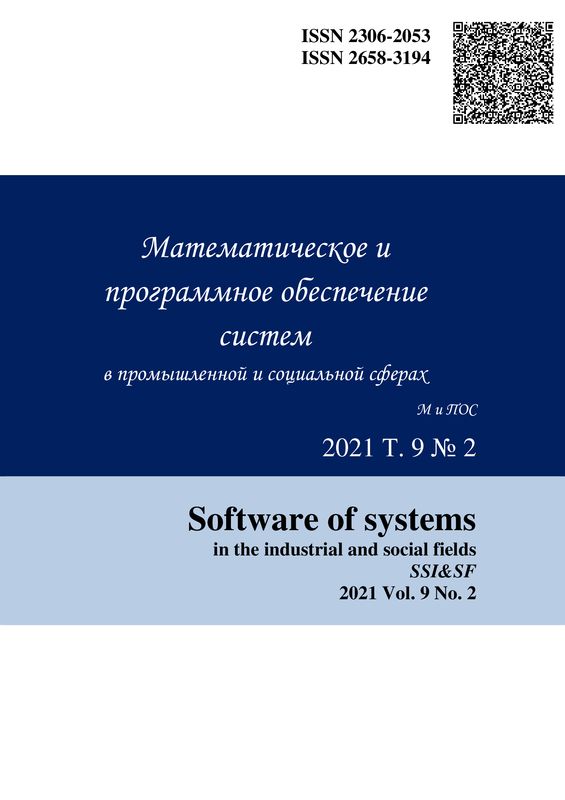Abstract
The problem of cooling of the bottom electrode DC arc furnace is reviewed. Alternative of water cooling is the forced air cooling of the electrode with its placement on the copper part of the radiator in the form of spikes. A mathematical model for determination the thermal power which is removable by spikes is offered. The resulting boundary value problem is solved by analytical and numerical methods. Software for determination the size of the air radiator with round spikes when a different order of their location on the surface of cooling was created. Calculations using the MATLAB application package are shown that the analytical solution is faster than numerical average twice. Computer modeling has established the fundamental switching to air-cooled bottom electrode arc furnace by applying a low power of edges in the form of pins as a heat sink. Similar designs of heat exchangers, ceteris paribus, compared with the ring and vertical fins have high efficiency and low consumption of materials.
Keywords
Modeling, thorns cooling, heat flow, air cooling, the effectiveness of the ribs, bottom electrode.
Yachikov, I.M. and Volgin E.L. (2015). Simulation of thermal performance of edges in the form of pins in the design of the bottom electrode DCAF air cooled. Software of systems in the industrial and social fields, 5 (1): 20-26.





